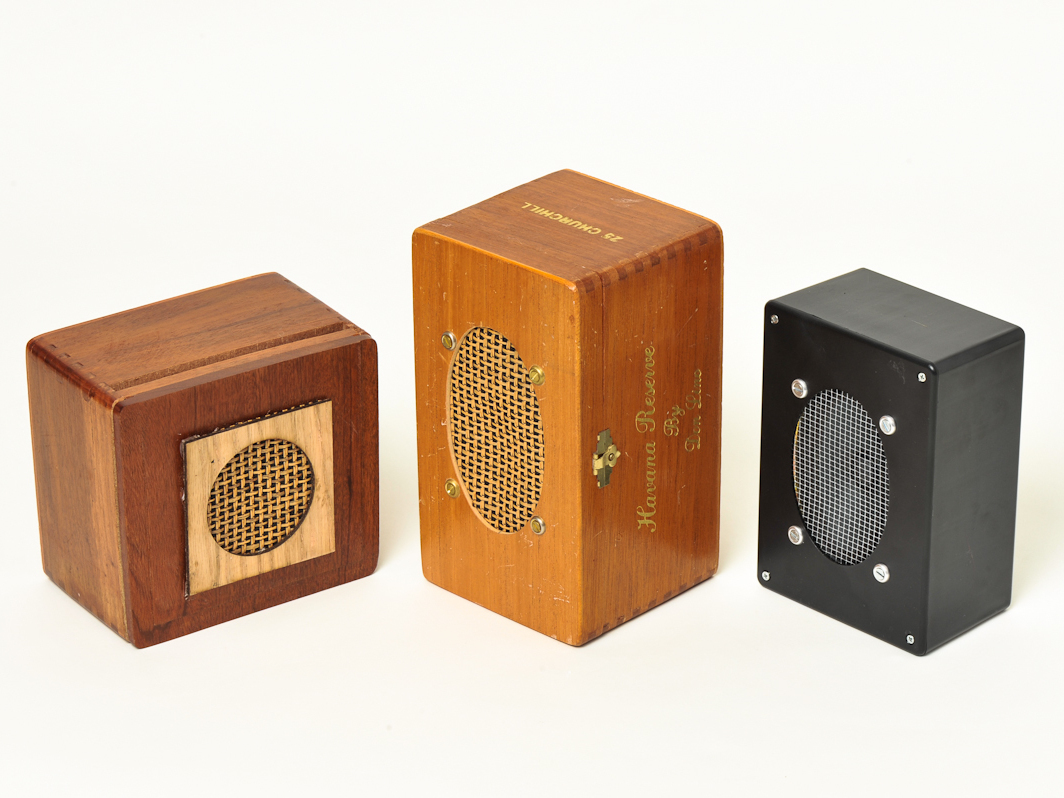
MonoBox is a small, inexpensive powered speaker that amplifies the output of your headphone music player. It’s little but it’s loud! All the circuit parts are available from RadioShack. The speaker and cabinet are left to your preference.
You’ll learn how to assemble and solder an audio power amplifier using an integrated circuit (IC) chip, and how to choose a speaker and install it in a cabinet with the amplifier.
The core of MonoBox is a compact and efficient audio amplifier based on the LM386 power amp chip. It will run on 200mA of current using power supplies from 6V–15V DC. This gives you the flexibility to power it from a wall adapter, a 9V battery, or a car accessory outlet.
You’re probably thinking, “Sure, but it’s so small. Does it rock?” Fair question. The prototype has been exhaustively tested and it does indeed rock. Maximum volume output is 90dB, and with the added bass boost your socks will be rocked clean off!



